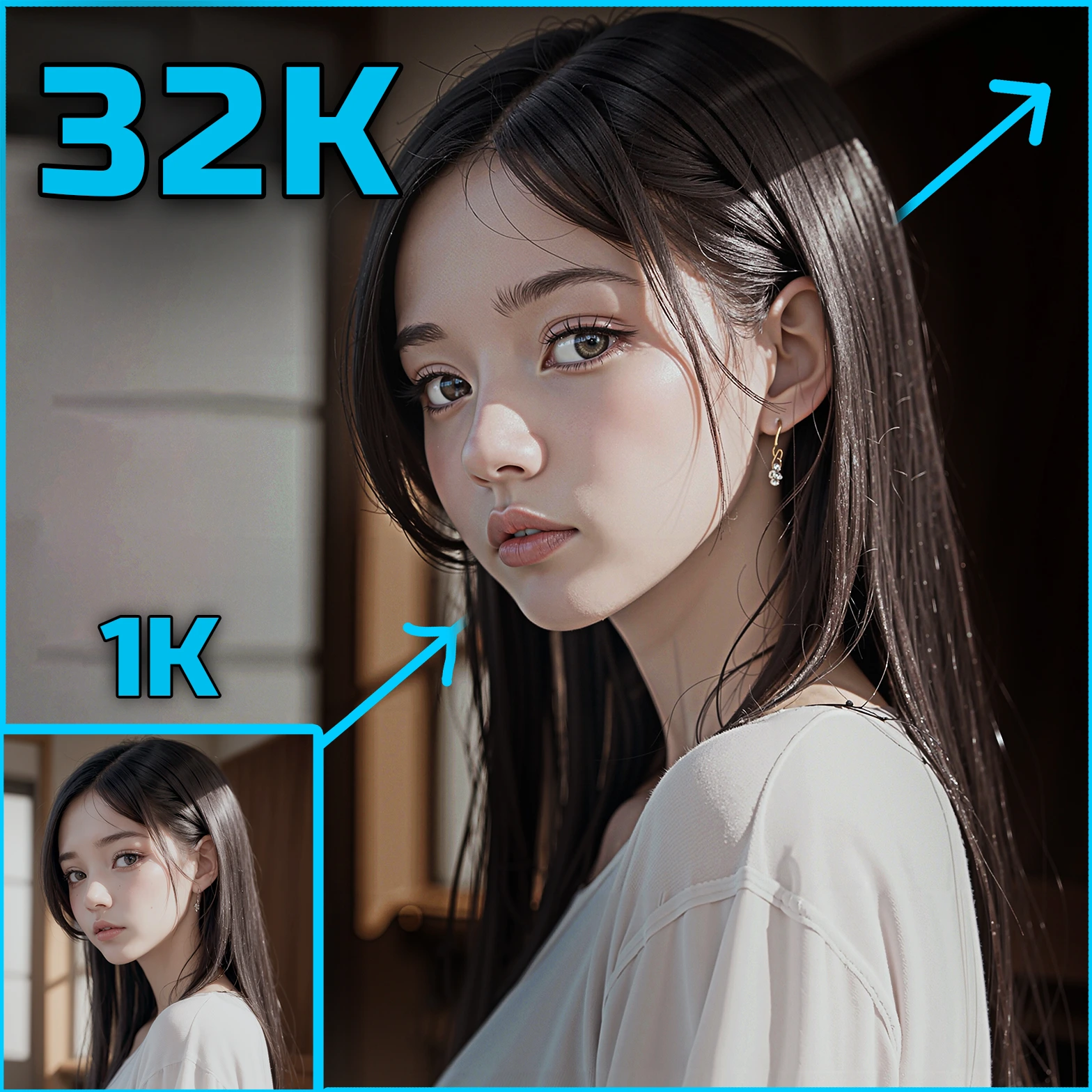ComfyUI Node: BBOX Detector (combined)
BboxDetectorCombined_v2
CategoryImpactPack/Detector
Dr.Lt.Data (Account age: 747days) Extension
ComfyUI Impact Pack Latest Updated
2025-03-23 Github Stars
2.28K
How to Install ComfyUI Impact Pack
Install this extension via the ComfyUI Manager by searching for ComfyUI Impact Pack- 1. Click the Manager button in the main menu
- 2. Select Custom Nodes Manager button
- 3. Enter ComfyUI Impact Pack in the search bar
Visit ComfyUI Online for ready-to-use ComfyUI environment
- Free trial available
- 16GB VRAM to 80GB VRAM GPU machines
- 400+ preloaded models/nodes
- Freedom to upload custom models/nodes
- 200+ ready-to-run workflows
- 100% private workspace with up to 200GB storage
- Dedicated Support
BBOX Detector (combined) Description
Detects bounding boxes and segments objects in images with precision, useful for AI artists to isolate elements for manipulation.
BBOX Detector (combined):
BboxDetectorCombined_v2 is a powerful node designed to detect bounding boxes within images, leveraging advanced detection models to identify and segment objects with high precision. This node combines the capabilities of bounding box detection and segmentation to provide a comprehensive mask of detected objects. It is particularly useful for AI artists who need to isolate specific elements within an image for further manipulation or analysis. By adjusting parameters such as threshold and dilation, you can fine-tune the detection process to suit various artistic needs, ensuring that the output is both accurate and relevant to your creative projects.
BBOX Detector (combined) Input Parameters:
bbox_detector
This parameter specifies the bounding box detector model to be used for detecting objects within the image. The model should be pre-trained and capable of identifying the objects of interest. The quality and type of the model directly impact the accuracy and performance of the detection process.
image
The image parameter is the input image in which the bounding boxes are to be detected. This image should be in a compatible format and contain the objects you wish to detect. The clarity and resolution of the image can affect the detection results.
threshold
The threshold parameter determines the confidence level required for a detection to be considered valid. It is a floating-point value ranging from 0.0 to 1.0, with a default value of 0.5. A higher threshold means that only detections with higher confidence will be accepted, reducing false positives but potentially missing some true positives.
dilation
The dilation parameter controls the amount of dilation applied to the detected masks. It is an integer value with a default of 4, and it can range from -512 to 512. Positive values increase the size of the detected masks, while negative values decrease it. This can help in refining the mask to better fit the detected objects.
BBOX Detector (combined) Output Parameters:
mask
The mask output is a tensor representing the combined mask of all detected objects within the input image. This mask is a binary representation where detected areas are marked, allowing for easy isolation and manipulation of the objects. The mask is returned as a single-channel image, with dimensions matching the input image.
BBOX Detector (combined) Usage Tips:
- Adjust the threshold parameter to balance between precision and recall. A higher threshold reduces false positives but may miss some objects, while a lower threshold captures more objects but may include false positives.
- Use the dilation parameter to fine-tune the mask size. Positive dilation can help in covering the entire object, while negative dilation can be used to shrink the mask to avoid including background elements.
- Ensure that the input image is clear and of high resolution to improve the accuracy of the detection model.
BBOX Detector (combined) Common Errors and Solutions:
"No detections found"
- Explanation: This error occurs when the model does not detect any objects in the input image.
- Solution: Lower the threshold parameter to allow for more detections or ensure that the input image contains detectable objects.
"Invalid model type"
- Explanation: This error indicates that the provided bounding box detector model is not compatible with the node.
- Solution: Verify that the model is correctly loaded and is of a type supported by the node.
"Image format not supported"
- Explanation: This error occurs when the input image is in an unsupported format.
- Solution: Convert the image to a compatible format, such as PNG or JPEG, before using it with the node.
BBOX Detector (combined) Related Nodes
RunComfy is the premier ComfyUI platform, offering ComfyUI online environment and services, along with ComfyUI workflows featuring stunning visuals. RunComfy also provides AI Playground, enabling artists to harness the latest AI tools to create incredible art.


